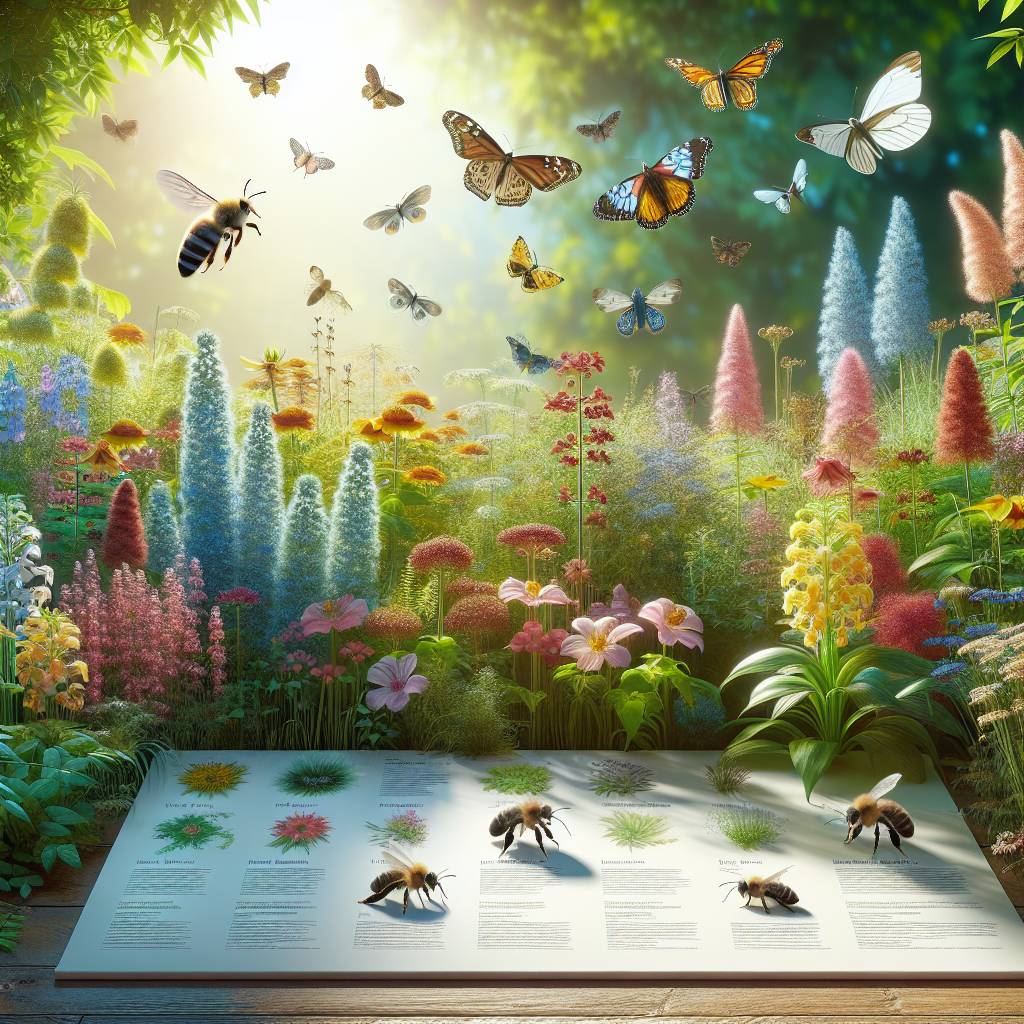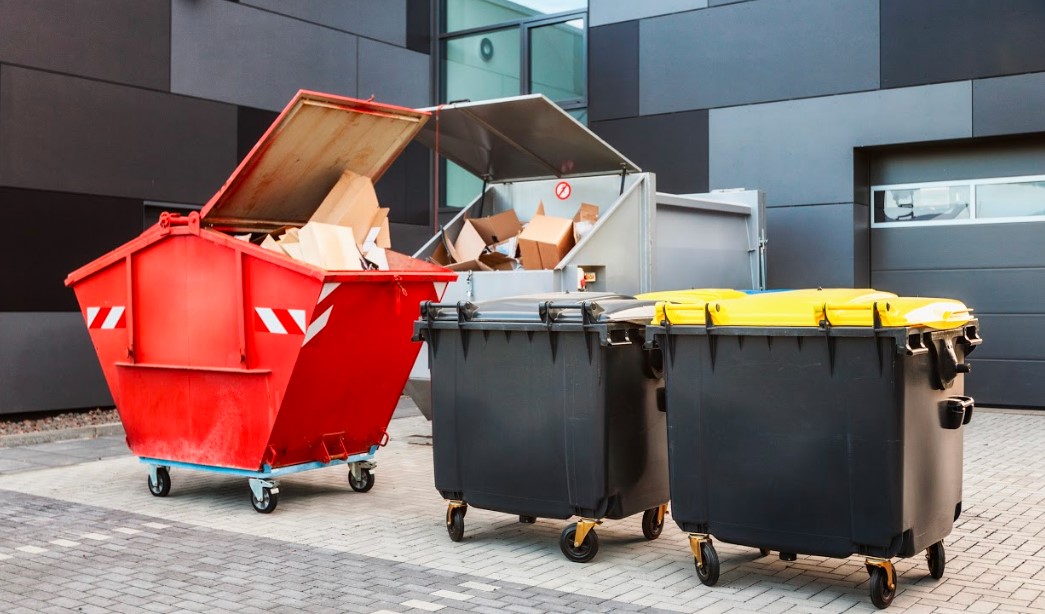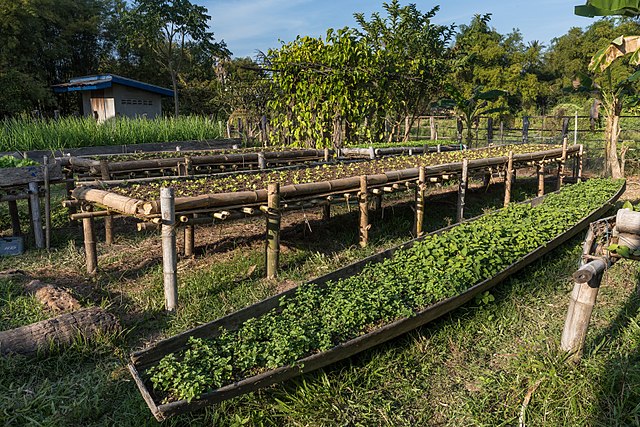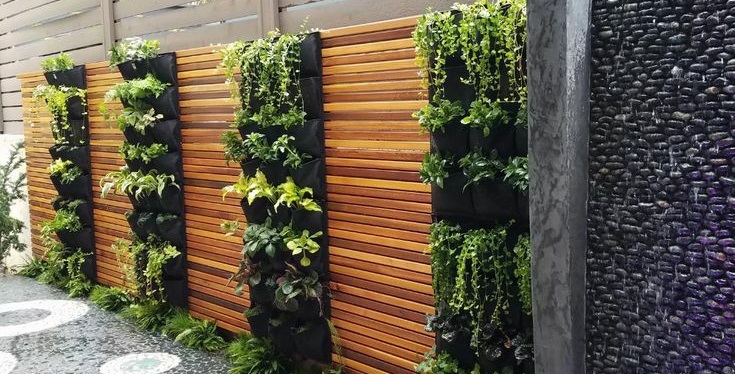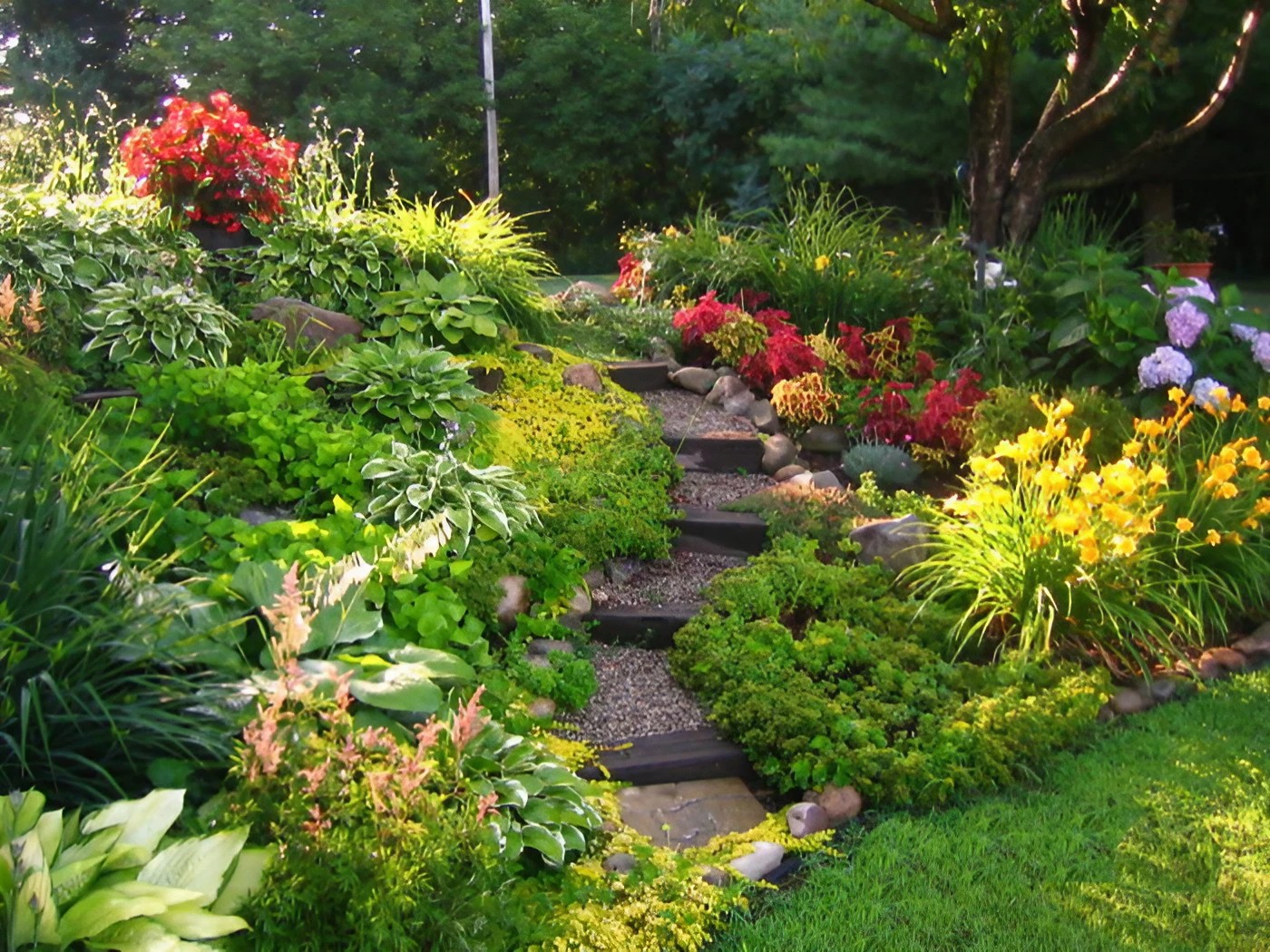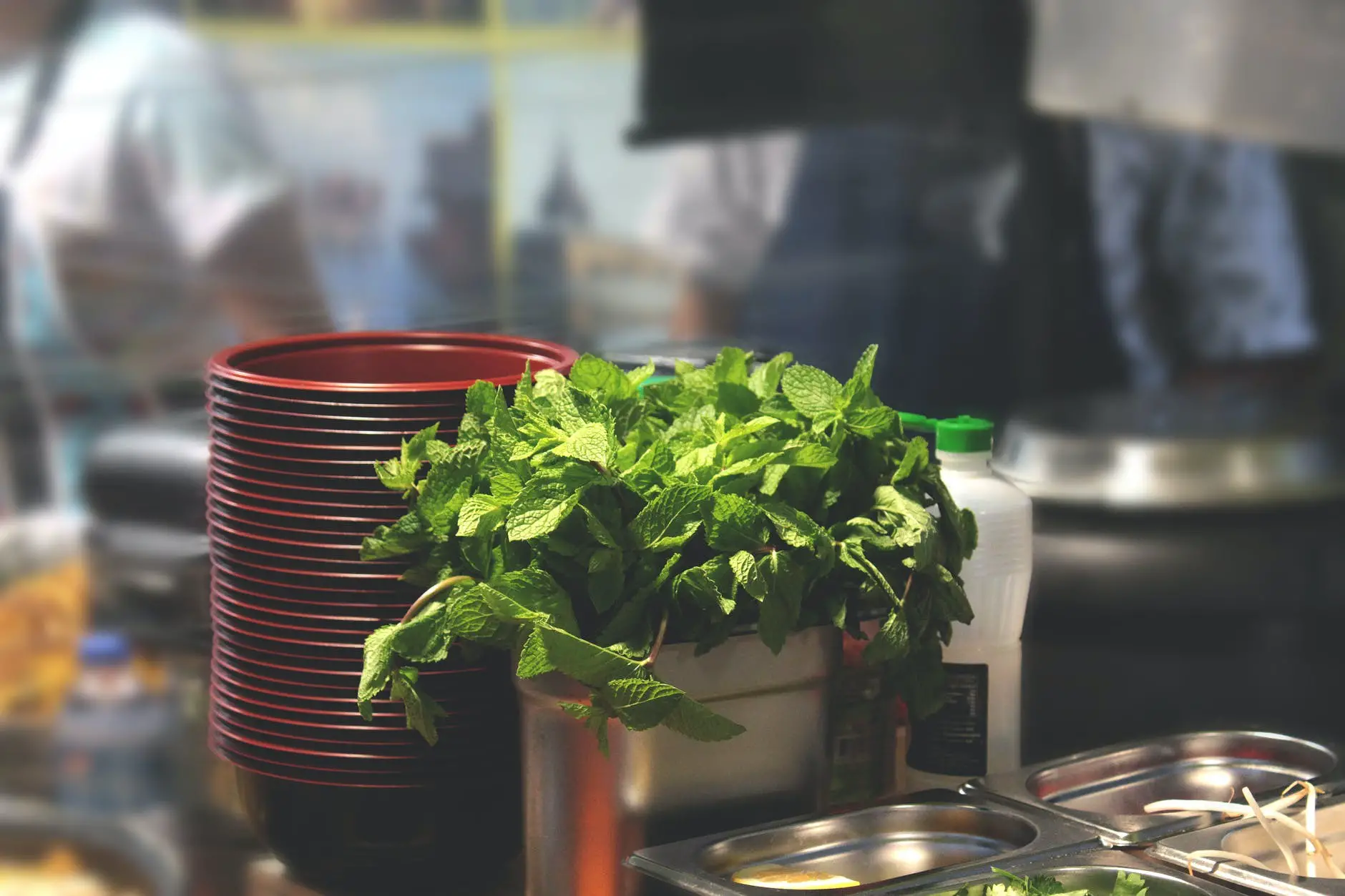Want to transform your garden into a buzzing haven for bees and fluttering paradise for butterflies? Discover the top plants that will attract these vital pollinators, bringing life and color to your outdoor space. From vibrant zinnias to aromatic lavender, we’ll explore the best flora to invite these essential insects into your garden. Not only will you create a picturesque landscape with green foliage and a butterfly garden, but you’ll also contribute to the preservation of these crucial species by planting pollinator plants. Get ready to unleash nature’s magic in your backyard as we delve into the world of bee- and butterfly-friendly plants.
Key Takeaways
- Understanding the relationship between plants and pollinators is essential for creating a successful pollinator garden.
- Choose a variety of key plants such as lavender, sunflowers, and coneflowers to attract bees and butterflies to your garden.
- Design your pollinator garden with a mix of flower shapes, sizes, and colors to cater to different pollinator species.
- Select nectar and pollen-rich plants like bee balm, salvia, and milkweed to provide essential food for pollinators.
- Embrace organic gardening practices by avoiding pesticides and opting for natural alternatives to support the health of pollinators.
- Provide shelter and water sources like bee houses, brush piles, and shallow dishes of water to create a complete habitat for pollinators.
Understanding Plant-Pollinator Relationships
Importance of Pollinators
Pollinators, such as bees and butterflies, are crucial for plant reproduction. They transfer pollen from male to female flowers, enabling the production of seeds and fruits. Without pollinators, many plants would not be able to reproduce effectively and produce flower seeds.
Bees and butterflies have specific preferencesColors, shapes, and scents of flowers they visit. For example, bees are often attracted to blue, purple, yellow, or white flowers with petals and a tubular shape that allows them easy access to nectar and pollen. On the other hand, butterflies are drawn to red or pink blossoms with a wide landing platform where they can rest while feeding on nectar.
Understanding these preferences is essential when selecting flower seeds for a garden aimed at attracting butterflies. By choosing the right plants that cater to their needs in terms of color, shape, scent, and arrangement of flowers will ensure a successful pollinator garden.
Creating a Pollinator-Friendly Garden
When planning your garden to attract bees and butterflies it’s important to select an array of plants that bloom at different times throughout the year. This ensures there’s always a food source available for these beneficial insects and plant.
- Consider planting early blooming spring bulbs like crocus or snowdrops followed by summer-blooming perennials such as lavender or bee balm.
- Including native wildflowers in your garden is also highly beneficial since these plants have co-evolved with local pollinators over time.
- It’s essential to provide suitable nesting sites for solitary bees by leaving some areas of bare ground or providing insect hotels made from natural materials like bamboo or wood.
By creating gardens with diverse flowering plants and foliage that bloom at various times throughout the year, you’ll support both bees’ and butterflies’ nutritional needs across different seasons.
Selecting Plants for Your Garden
When choosing specific plants for your pollinator-friendly garden consider adding flower seeds and white flowers.
- Bee Balm: This perennial herb produces vibrant blooms in shades of pinkish-purple which attracts both hummingbirds and various species of bees.
- Lavender: Known for its beautiful fragrance lavender is irresistible not only for humans but also attracts bumblebees during its blooming period.
- Coneflowers: These long-lasting perennials produce large daisy-like flowers that are particularly attractive to butterflies due their bright colors.
Key Plants for Attracting Bees and Butterflies
Bee-Attracting Plants
Bees are naturally drawn to plants with open, tubular-shaped flowers that allow easy access to nectar. For instance, the meadow blazing star is a prime example of a plant that bees find attractive due to its purple flowers with elongated flower spikes. These characteristics, including fragrant flower heads and accessible nectar, make it easier for bees to reach.
When selecting plants to attract bees to gardens, consider options such as salvia coccinea, which boasts vibrant orange flowers that provide an abundant source of nectar. The cape daisy is another excellent choice as it features striking white blooms, making it highly appealing to bees seeking nourishment.
Butterfly-Friendly Flora
In contrast, butterflies are particularly attracted to brightly colored flowers with flat landing surfaces and ample nectar. For instance, butterflies are often drawn to gardens with daisy varieties due to their distinctive appearance and suitability for providing sustenance. Double-blooming varieties also hold appeal for butterflies because of their abundance of nectar-rich resources.
To entice butterflies into your garden or outdoor space, you might want to consider incorporating white flowering plants into your landscape design. These could include flower seeds of species such as those featuring beautiful white blooms like certain types of daisies or other flora known for their delicate yet eye-catching appearance.
Seasonal Blooms
It’s crucial when aiming to attract a diverse range of bees and butterflies that you choose a variety of flowering plants that bloom throughout the seasons. This ensures there will always be a perennial food source regardless of the season. By strategically planting different species known for blooming at varying times throughout the year, you can create an inviting environment capable of supporting these essential pollinators all year round.
By carefully considering each plant’s unique qualities – from color and shape to bloom time, foliage, leaves, and stems – you can curate a garden filled with diverse flora tailored specifically towards attracting both bees and butterflies in equal measure.
Designing Your Pollinator Garden
Plan Accordingly
When designing your pollinator garden, it’s crucial to consider the size of your space. This will help you accommodate different plant heights, foliage, and growth habits effectively. For instance, if you have a small area, you might want to opt for low-growing plants like lavender or sage. On the other hand, larger spaces can accommodate taller flowers such as sunflowers and hollyhocks.
Grouping plants together in clusters is a smart move when creating your pollinator garden. This not only creates visually appealing displays but also makes it easier for bees and butterflies to find the nectar they need for survival. By planting several perennial flowers close together, pollinators can efficiently gather nectar without expending too much energy flying between different areas of your garden.
Incorporate Native Plants
It’s essential to incorporate native plants, perennial, into your pollinator garden design as they play a vital role in supporting local pollinator populations. Native plants are those that naturally occur in a particular region and have evolved alongside local wildlife over thousands of years. They are well adapted to the local climate, soil conditions, and pests, making them an ideal choice for attracting native bees and butterflies.
Nectar and Pollen Rich Plants for Pollinators
Ample Nectar Production
When choosing the best plants to attract bees and butterflies, it’s essential to select those that produce ample amounts of nectar. Plants like bee balm, lavender, and coneflowers are excellent perennial choices due to their high nectar production. These plants provide a rich food source for pollinators, attracting both bees and butterflies to your garden. By offering an abundance of nectar-rich flowers, you create a welcoming environment for these beneficial insects.
Including plants with varying bloom times is crucial in ensuring a consistent food source for pollinators throughout the year. This diversity in bloom times means that there will always be something flowering in your garden, providing sustenance for bees and butterflies across different seasons. For instance, early spring blooming perennial plants like crocus and hyacinth can be complemented by late summer blooming species such as sedum or aster.
Nectar and Pollen Combination
It’s important to look for perennial plants that offer both nectar and pollen since some bees rely on pollen as their primary protein source. The combination of nectar-producing flowers along with those that offer abundant pollen ensures a well-rounded diet for visiting pollinators. For example, the vibrant purple blooms of salvia not only provide ample nectar but also yield plentiful pollen, making them highly attractive to various bee species.
Organic Gardening Practices to Support Pollinators
Avoid Pesticides for Protection
Using pesticides in your garden can harm the very creatures you want to attract and the plants. Instead, opt for organic alternatives to protect bees and butterflies from harmful chemicals. These organic options will help maintain a healthy environment for pollinators.
When pesticides are used, they not only kill harmful insects but also affect beneficial ones like bees and butterflies. By avoiding these chemicals, you create a safe space for these essential pollinators in your garden.
Practice Companion Planting
Companion planting involves intermixing perennial flowers and herbs with vegetables in your garden, especially in zones. This technique attracts beneficial insects like bees and butterflies while deterring pests naturally.
For example, planting marigolds alongside tomatoes in perennial zones can repel nematodes that harm the tomato plants. Growing dill or fennel near vegetables can attract beneficial insects such as ladybugs and predatory wasps which feed on pests like aphids.
Mulching with organic materials helps retain moisture in the soil and provides habitat for ground-nesting bees.
Providing Shelter and Water for Pollinators
Creating Nesting Sites
Creating nesting sites for solitary bees is crucial to attracting them to your garden. You can achieve this by leaving patches of bare ground undisturbed, as these areas provide ideal locations for solitary bees to build their nests. Consider providing bee houses, installing artificial nesting blocks, or planting perennial flowers specifically designed to attract solitary bees. These structures mimic the natural hollow stems or holes that solitary bees use as nesting sites.
Another way to support pollinators is by incorporating water sources into your garden. Shallow dishes filled with water and a few rocks can serve as drinking spots for butterflies and other pollinators. Similarly, adding perennial floating plants like water lettuce or water hyacinth not only beautifies the water feature but also provides resting places for insects such as dragonflies and honeybees.
Offering Shelter and Resting Places
In addition to creating nesting sites and offering water sources, it’s essential to provide shelter and resting places for butterflies and bees in your garden. Features like log piles, rock walls, dense shrubs, and perennial plants offer safe havens where these delicate creatures can seek refuge from predators or harsh weather conditions.
When planning your garden layout, consider incorporating specific features that cater to the needs of both butterflies and bees. For example, planting a variety of perennial flowering plants along with suitable shelter options creates an inviting environment for these important pollinators while enhancing the beauty of your outdoor space.
Starting a Pollinator Garden from Seed
Starting Seeds Indoors
When starting a pollinator garden from seed, it’s beneficial to begin indoors before the growing season. This gives the plants a head start and increases the chances of successful germination. You can use flower seeds or herb seeds for this purpose. Simply follow the instructions on the seed packets for indoor plant sowing depth and spacing.
Starting seeds indoors allows you to control the growing conditions, ensuring that the young plants receive adequate warmth, light, and moisture. It also provides an opportunity for mass planting, as you can sow numerous seeds in trays or pots at once. Once they’ve grown into sturdy seedlings, they’ll be ready for transplanting into your outdoor garden space.
One way to simplify this plant process is by using seed pods or seed mats. These handy products contain pre-sown seeds within biodegradable materials that can be directly planted into the soil outdoors when weather conditions are suitable.
Directly Sowing Seeds Outdoors
Another method of starting a pollinator garden from seed involves directly sowing them in your outdoor garden after the last frost date has passed. When doing so, ensure that you follow recommended planting depth and spacing guidelines provided on each specific type of seed packet.
Direct sowing offers its own advantages – it eliminates any potential transplant shock experienced by indoor-started plants and allows them to grow naturally in their intended environment right from germination onwards.
Sow different types of flower seeds such as sunflowers, zinnias, lavender, or other plants directly into your garden beds or containers according to their individual requirements for sunlight exposure and water needs.
Consider utilizing seed balls which are small bundles of clay containing multiple wildflower seeds designed to be scattered over large areas with minimal effort required on your part. The clay protects the plant against birds eating them while providing nutrients during early growth stages.
Attracting Hummingbirds Alongside Bees and Butterflies
Hummingbird-Friendly Plants
When planning a garden to attract bees, butterflies, and hummingbirds, don’t forget to plant. To entice these delightful creatures, consider adding trumpet vine, salvia, and bee balm to your garden. These plants produce tubular-shaped flowers that are rich in nectar, perfect for hummingbirds’ long bills.
In addition to planting these specific flowers, it’s also beneficial to include hummingbird feeders filled with a sugar-water solution. This provides an additional food source for the hummingbirds visiting your garden. By offering both natural nectar from flowers and supplementary feeding stations, you can ensure that the hummingbirds have access to ample sustenance while they frequent your outdoor space and plant.
Continuous Blooming Strategy
To maintain a steady stream of nectar throughout the seasons for these pollinators, it’s crucial to plant a mix of early-blooming, mid-season flowering plants as well as late-blooming varieties. This strategy ensures that there is always an available supply of nectar from plants for hummingbirds.
Maintaining a Healthy Habitat for Pollinators
Weed and Dead Plant Material Removal
To create the best habitat for attracting bees and butterflies, it’s crucial to regularly remove weeds and dead plant material. By planting, you prevent diseases and pests from affecting your pollinator garden. These unwanted elements can harm the plants that are essential for sustaining beneficial insects.
Ensuring that your garden is free from weeds and dead plant matter helps in maintaining a healthy environment for pollinators. This practice minimizes the risk of diseases or pests spreading to the flowering plants that attract bees and butterflies. As a result, it provides a safe space where these important insects and plants can thrive without being negatively impacted by harmful substances.
Monitor Plant Health
Another vital aspect of creating an ideal habitat for bees and butterflies is monitoring plant health regularly. This involves keeping an eye out for any signs of disease or stress in the plants within your garden. Addressing these issues promptly ensures that your pollinator-friendly plants remain healthy, providing continuous nourishment to visiting insects.
By consistently checking on the health of your flowering plants, you can maintain an environment where bees and butterflies find ample sustenance. Promptly addressing any issues with plant health prevents potential disruptions in the food sources available to these beneficial insects, ultimately contributing to their well-being.
Continuous Addition of Flowering Plants
Continuously adding new flowering plants to your garden is key in attracting a diverse range of pollinators throughout different seasons. When selecting new plant additions, opt for varieties known to be attractive to both bees and butterflies as they provide sustained nourishment over extended periods.
Adding a variety of blooming flowers and plants at different times ensures that there’s always something available for visiting bees and butterflies no matter what time of year it is. For instance, planting perennials with long bloom periods alongside those with shorter blooming times creates an ever-changing landscape filled with nectar-rich options suitable for various climates.
Closing Thoughts
You’ve now got the lowdown on creating a buzzing and fluttering paradise in your garden. By understanding the intricate dance between plants and pollinators, selecting the right flora, and implementing organic gardening practices, you’re all set to roll out the welcome mat for bees and butterflies. Remember, it’s not just about attracting them but also providing a safe haven with shelter, water, and plants. So, go ahead, get your hands dirty, and start sowing the seeds of a vibrant pollinator garden!
Now that you’re armed with the know-how, why not take the plunge and transform your outdoor space into a haven for these essential creatures? Your efforts to plant will not only spruce up your surroundings but also play a vital role in supporting biodiversity. So, grab your gardening gloves and embark on this rewarding journey to nurture our precious pollinators.
Frequently Asked Questions
What are plant-pollinator relationships?
Plant-pollinator relationships refer to the crucial connection between plants and pollinators like bees, butterflies, and hummingbirds. These organisms rely on each other for survival: plants provide nectar and pollen as food, while pollinators assist in the reproduction of plants by transferring pollen.
How can I design a pollinator garden?
To design a successful pollinator garden, consider incorporating a variety of nectar-rich flowers and plants that bloom at different times. Choose native plants suited to your region’s climate and soil. Also, ensure there’s a water source available for the pollinators.
Why is organic gardening important for supporting pollinators?
Organic gardening practices such as avoiding synthetic pesticides and herbicides help maintain a healthy environment for pollinators. Chemical-free gardens provide safe habitats where bees, butterflies, and other beneficial insects can thrive without being harmed by harmful substances and plant.
Can I attract hummingbirds alongside bees and butterflies?
Yes! By including specific flowering plants like trumpet vine or bee balm in your garden, you can attract both hummingbirds and other pollinators. Hummingbirds are drawn to brightly colored tubular flowers with sweet nectar and plants, just like bees and butterflies.
How do I maintain a healthy habitat for pollinators?
Maintain a healthy habitat by providing continuous blooms throughout the growing season using various types of flowers. Avoid using chemical pesticides that may harm or deter beneficial insects and plant. Regularly monitor your garden to ensure it remains an inviting space for these essential creatures.
